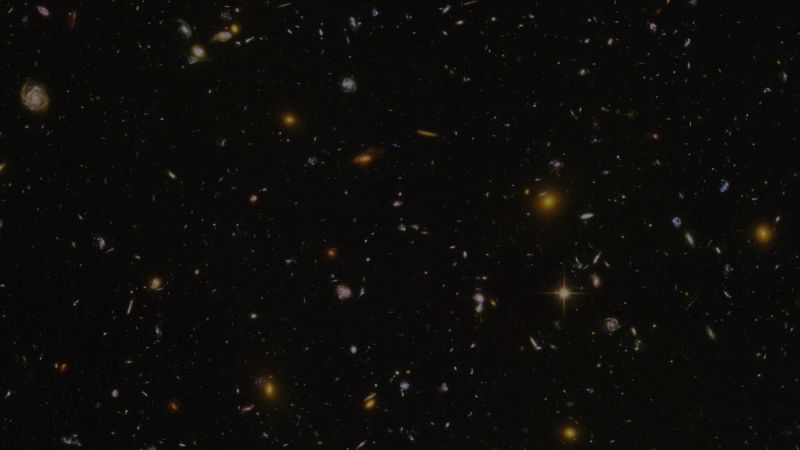Astronomers are expecting a “new star” to appear in the night sky anytime between now and September, and it promises to be a once-in-a-lifetime celestial sight, according to NASA.
The expected brightening event, known as a nova, will occur in the Milky Way’s Corona Borealis, or Northern Crown constellation, which is located between the Boötes and Hercules constellations.
While a supernova is the explosive death of a massive star, a nova refers to the sudden, brief explosion from a collapsed star known as a white dwarf.
T Coronae Borealis, otherwise known as the “Blaze Star,” is a binary system in the Corona Borealis that includes a dead white dwarf star and an aging red giant star. Red giants form when stars have exhausted their supply of hydrogen for nuclear fusion and begin to die. In about 5 billion or 6 billion years, our sun will become a red giant, puffing up and expanding as it releases layers of material and likely evaporating the solar system’s inner planets, although Earth’s fate remains unclear, according to NASA.
Every 79 years or so, T Coronae Borealis experiences an explosive event.
The stars in the orbiting pair are close enough to each other that they interact violently. The red giant becomes increasingly unstable over time as it heats up, casting off its outer layers that land as matter on the white dwarf star.
The exchange of matter causes the atmosphere of the white dwarf to gradually heat until it experiences a “runaway thermonuclear reaction,” resulting in a nova as seen in the animation below, according to the space agency.
Keeping an eye on the changing sky
T Coronae Borealis last experienced an explosive outburst in 1946, and astronomers are keeping a watchful eye on the star system once more.
“Most novae happen unexpectedly, without warning,” said William J. Cooke, NASA Meteoroid Environments Office lead, in an email. “However, T Coronae Borealis is one of 10 recurring novae in the galaxy. We know from the last eruption back in 1946 that the star will get dimmer for just over a year before rapidly increasing in brightness. T Coronae Borealis began to dim in March of last year, so some researchers are expecting it to go nova between now and September. But the uncertainty as to when this will happen is several months — can’t do better than that with what we know now.”
The star system, located 3,000 light-years from Earth and typically too dim to be seen with the naked eye, is expected to reach a level of brightness similar to that of Polaris, or the North Star.
Once the nova peaks in brightness, it will be as if a new star has appeared — one that’s visible for a few days without any equipment and a little over a week with binoculars before it dims and disappears from sight for another 80 years or so.
The nova will appear in a small arc between the Boötes and Hercules constellations, and will be visible from the Northern Hemisphere.
Astronomers will observe the nova using the Hubble Space Telescope and study the celestial event through X-ray and ultraviolet light using the space-based Neil Gehrels Swift Observatory.
“Studying recurring novae like T Coronae Borealis help us understand the mass transfer between the stars in these systems and provide insights into the thermonuclear runaway that occurs on the surface of the white dwarf when the star goes nova,” Cooke said.
The NASAUniverse account on X, formerly known as Twitter, will provide updates about the outburst and its appearance.
Cooke recalled that the last nova he witnessed — Nova Cygni in 1975 — had a similar brightness to what is expected from T Coronae Borealis. Nova Cygni is not expected to experience another explosion again.
“I was a teenage astronomy geek about to start college and was outside on the night of August 29,” Cooke said. “Glancing at the sky, I noticed that the constellation of Cygnus was messed up; there was a star that shouldn’t be there. After enduring some comments from friends who thought I was crazy, I got them to look and we realized that we were looking at a nova! It was a very memorable experience and reinforced my choice of astronomy as a career. I used to joke that a star had to explode in order to get me to suffer through undergraduate physics.”

